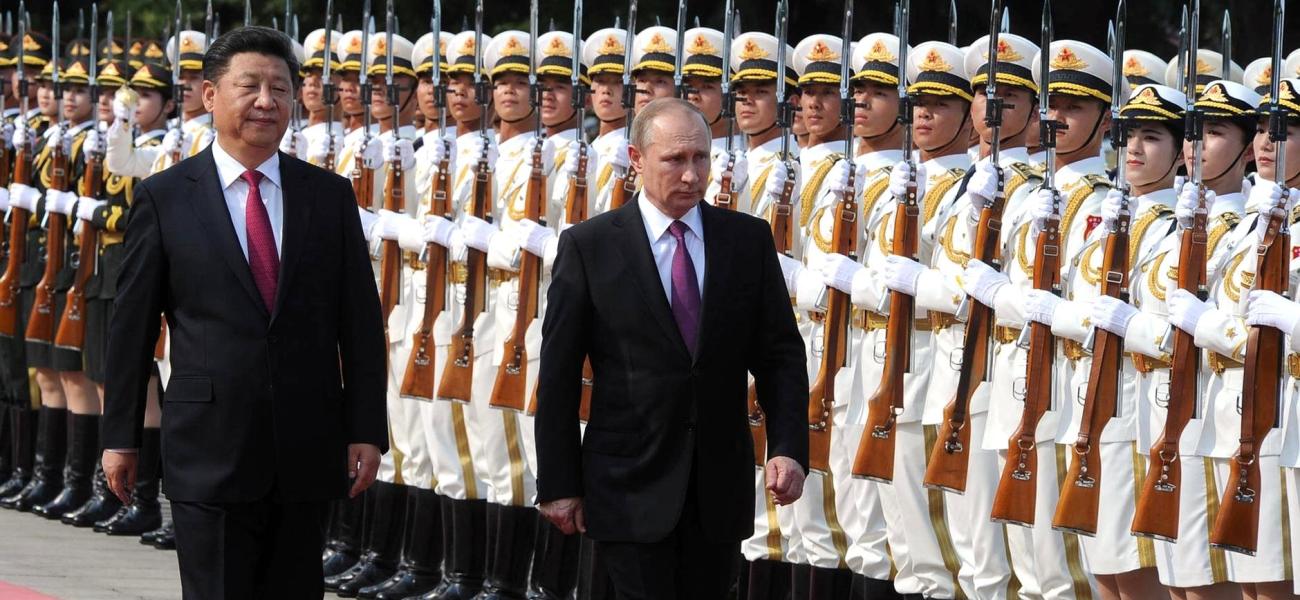
Contrasting China’s and Russia’s Influence Operations
This article originally appeared on War on the Rocks.
A series of scandals from Russian meddling in the U.S. elections to China’s influence over Western politicians, like Australian Sen. Sam Dastyari and U.S. Sen. Steve Daines, has brought American attention back to the Cold War-style fight for influence and narratives. Congress has started to act, incorporating counter-propaganda funding into the FY2017 National Defense Authorization Act and proposing reforms to the Foreign Agent Registration Act and the Committee on Foreign Investment in the United States. The United States finally may be waking up to the challenge that its NATO allies and Taiwan have been facing for years. As Americans try to make sense of modern political warfare, the struggle to polish the rust off of the Cold War toolkit for countering foreign influence has run into the problem of insufficient to explain the challenges now faced by the United States and its allies.
In a series of presentations, conferences, and phone calls over the last year the discussion of Chinese intelligence and information operations invariably raises the question: “How do the Chinese compare to the Russians?” I have attempted to describe the differences with three distinctions between Russian and Chinese influence operations: set-piece operations vs. playing the man; service-led operations vs. service-facilitated operations; and agents of influence vs. influenced agents. These are not perfect distinctions, and both systems can and do draw on a wide variety of means. Beijing’s methods also appear to be evolving over the last year to incorporate Russian techniques, if its operations on Taiwan can be viewed as the leading edge.
Continue reading at War on the Rocks.
Peter Mattis
Peter Mattis is a fellow at The Jamestown Foundation and a contributing editor at War on the Rocks.
